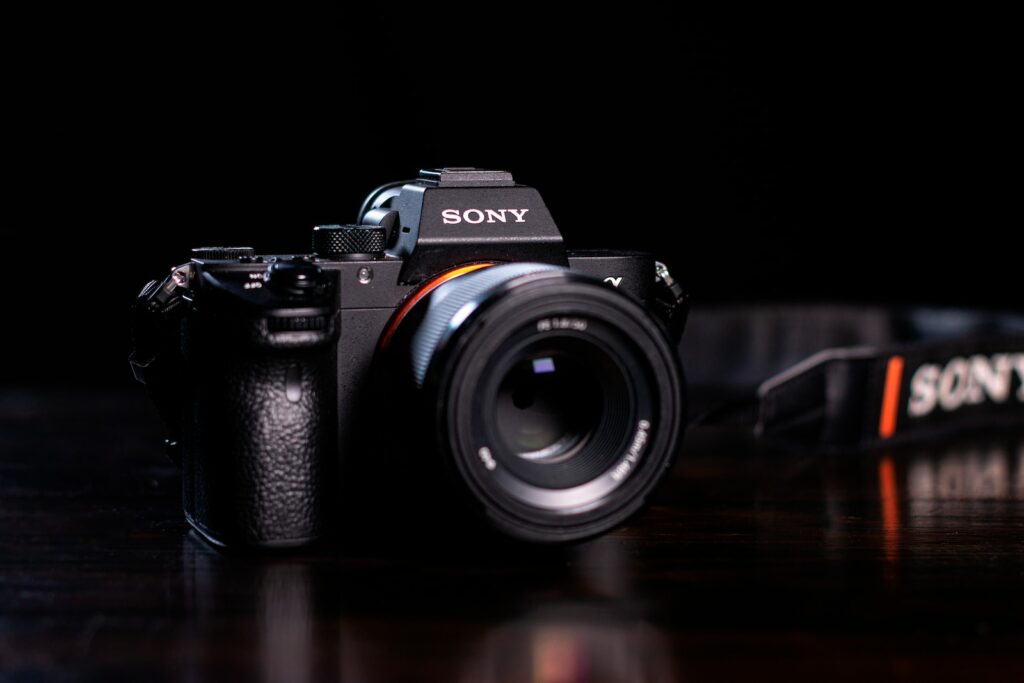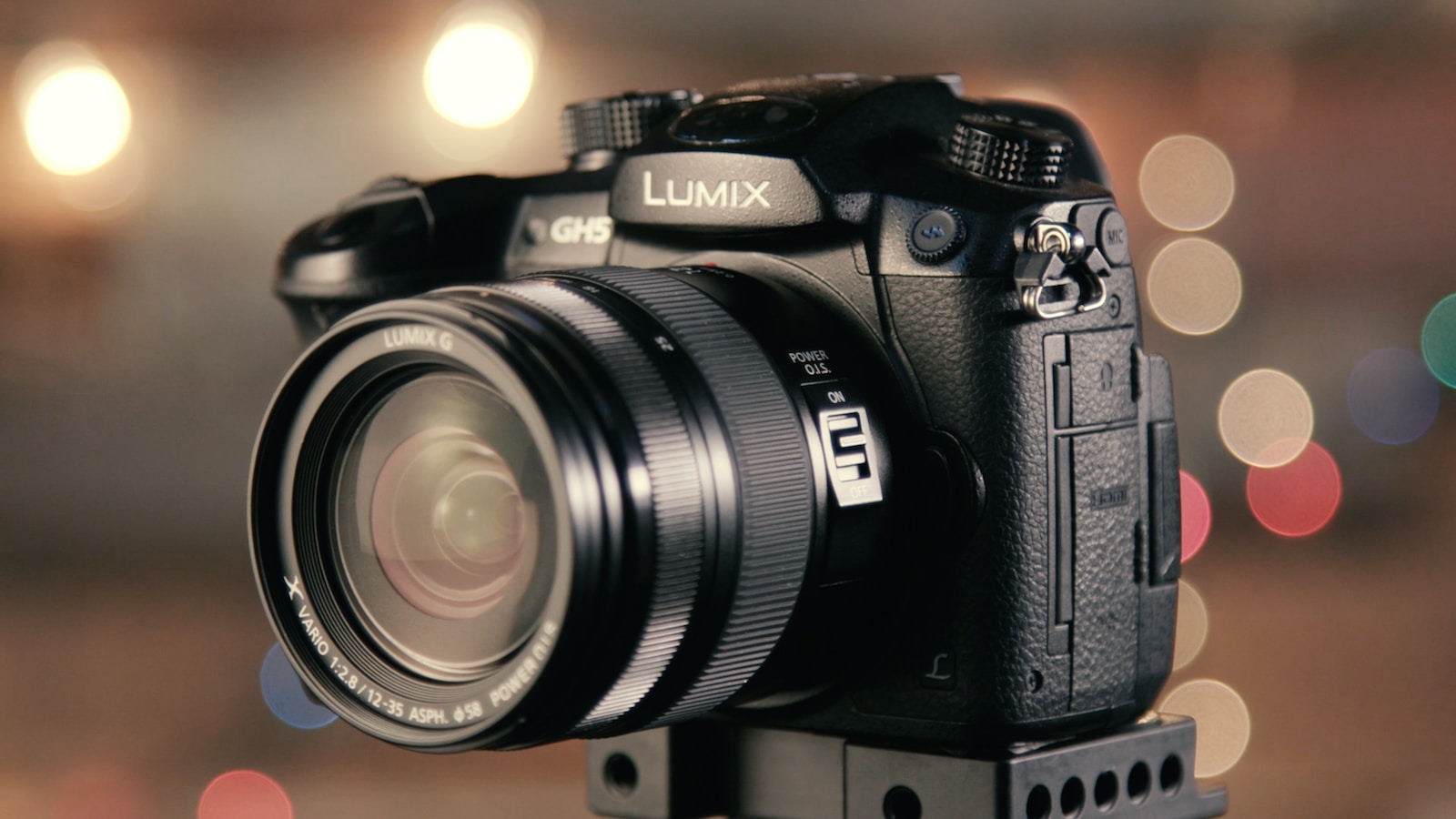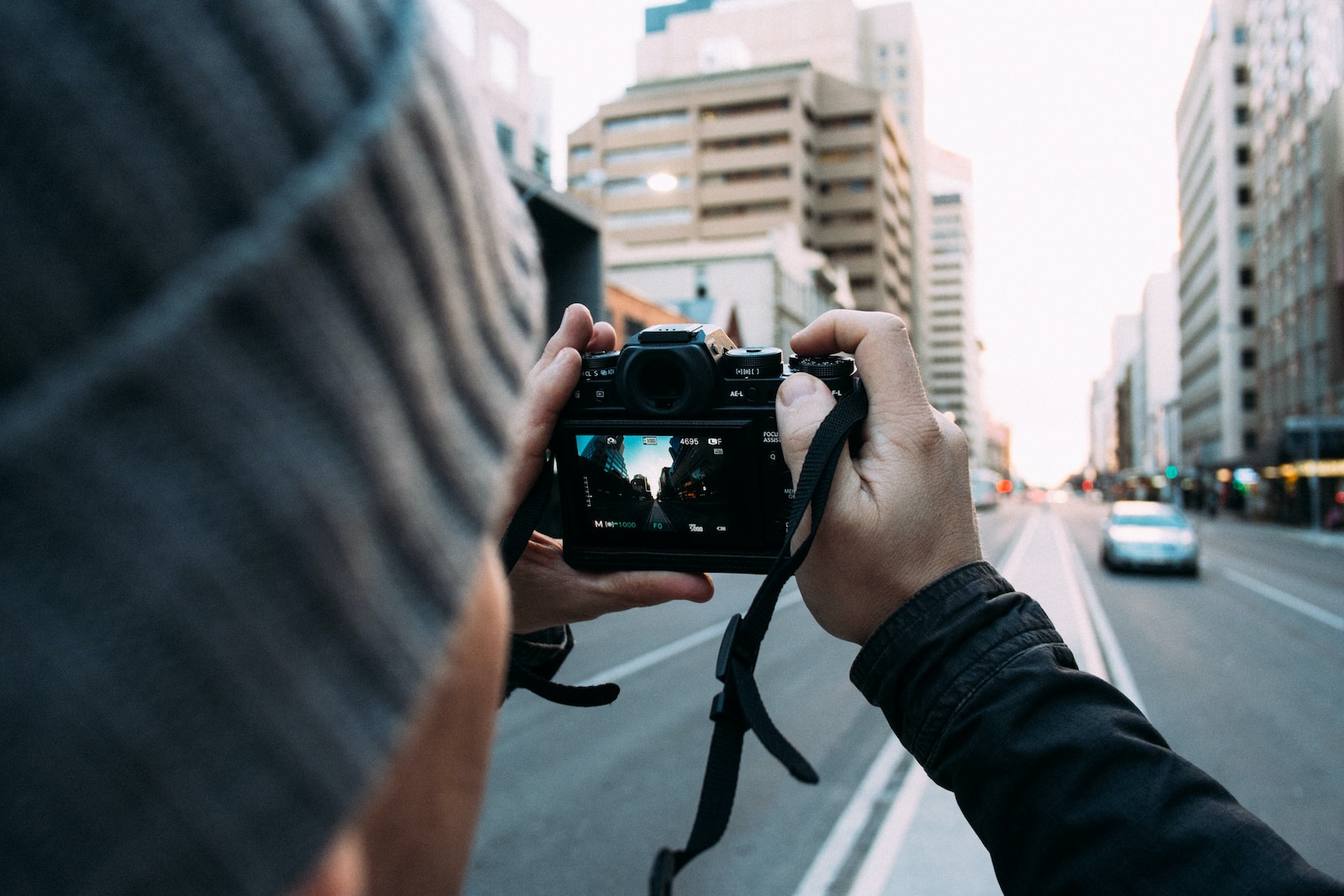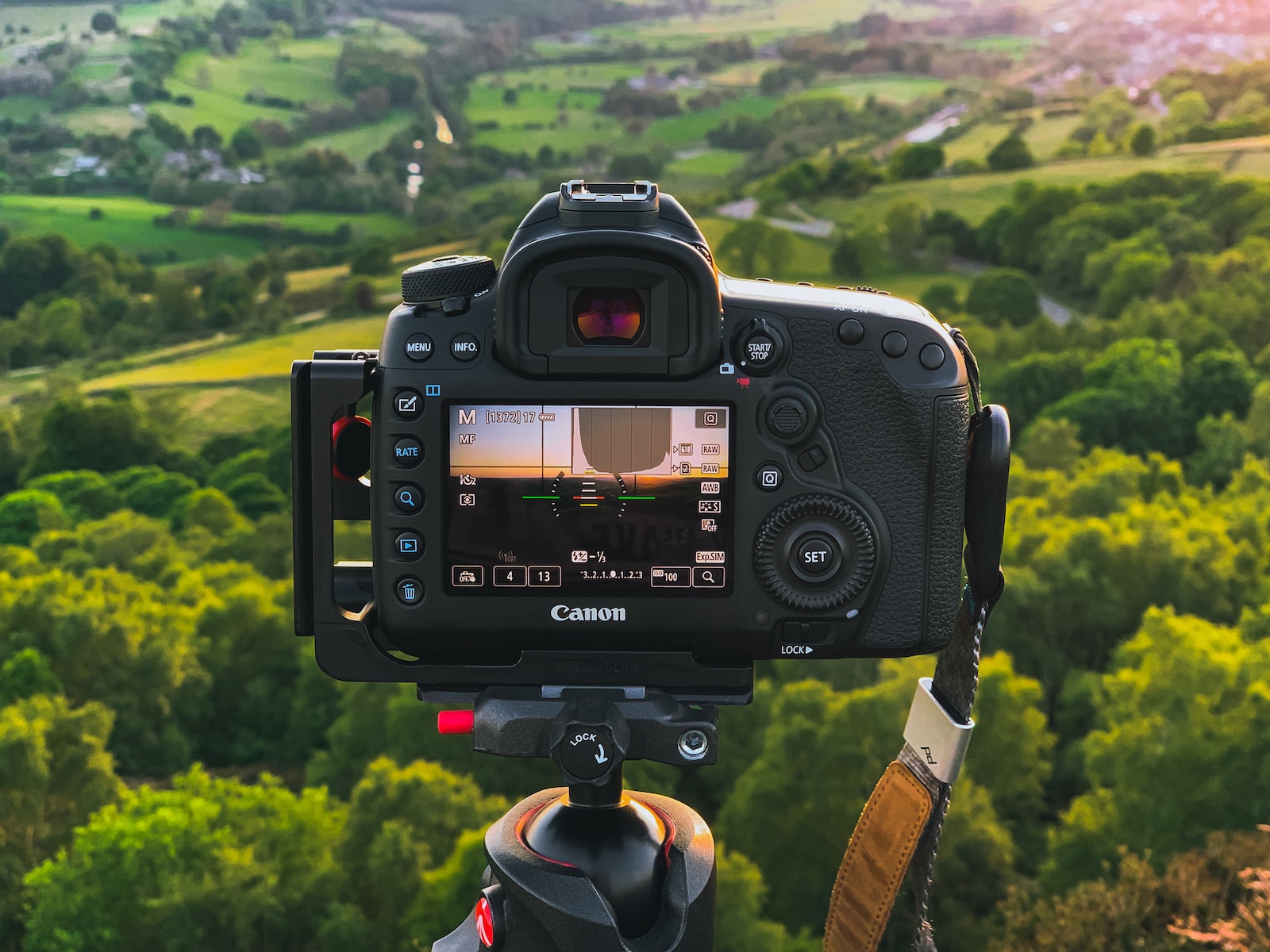Welcome to our blog, where we dive into the world of photography to help you make an informed decision when it comes to choosing between Mirrorless vs DSLR cameras. In this comprehensive comparison, we will take a detailed look at the pros and cons of each camera type, exploring their unique features and capabilities. Whether you’re a professional photographer or an enthusiast looking to up your photography game, this guide will provide valuable insights to help you make the right choice. So let’s get started!
Table of Contents
- Mirrorless vs DSLR Comparison
- Frequently Asked Questions
- 1. What is the difference between mirrorless and DSLR cameras?
- 2. Which camera type is better for professional photography?
- 3. Are mirrorless cameras as good as DSLRs in terms of image quality?
- 4. Can I use my existing DSLR lenses with a mirrorless camera?
- 5. Are mirrorless cameras suitable for capturing fast-moving subjects?
- 6. Are mirrorless cameras more expensive than DSLRs?
- Wrap Up
A Detailed Comparison from a Photographer
Imagine this scenario: you are a passionate photographer, excitedly capturing moments with your smartphone, only to realize that you are craving more control and better image quality. You start researching cameras and come across two popular options – mirrorless and DSLR. Unsure of which one to choose, you dive into a deep comparison to make an informed decision.
The Journey Begins
When I found myself in this situation, I embarked on a thorough comparison between mirrorless and DSLR cameras. Knowing that this decision would shape my photography journey, I wanted to explore all the possibilities and understand the pros and cons of each camera type.
One of the first things I discovered was the compact and lightweight nature of mirrorless cameras. This appealed to me as a photographer always on the move, seeking to capture the perfect shot in various locations. The mirrorless camera’s portability meant no more lugging around heavy camera gear, allowing me to focus solely on my creativity.
Unleashing the Potential
As I delved further into my research, I learned that DSLR cameras have long been the go-to choice for professional photographers. The versatility in lens options and advanced autofocus systems were standout features that caught my attention. Being able to switch between lenses effortlessly to suit different photography genres greatly appealed to my desire for versatility and creative expression.
However, it wasn’t just the technical capabilities that drew me to DSLRs. I stumbled upon numerous stories from professional photographers who shared their impactful experiences with DSLRs. They emphasized how these cameras provided the reliability and robustness necessary for demanding photography environments, ensuring consistent high-quality images, no matter the conditions.
Delving Deeper
As I continued comparing features and performance, I realized that both mirrorless and DSLR cameras have their share of strengths and weaknesses. Mirrorless cameras excel in their innovative technology, offering advanced features like silent shooting, built-in image stabilization, and real-time preview. On the other hand, DSLRs have a proven track record of reliability and a vast selection of compatible lenses to suit any photographic style.
Ultimately, I chose a mirrorless camera for its compactness and cutting-edge technology, which perfectly aligned with my desire for versatility and mobility. Although I still wonder about the unparalleled image quality and ruggedness of DSLRs, I am content with my choice, knowing it suits my current needs and shooting style.
Mirrorless vs DSLR Comparison
| Feature | Mirrorless Camera | DSLR Camera |
|---|---|---|
| Size and Weight | Compact and lightweight | Heavier and bulkier due to the mirror and prism |
| Lens Compatibility | Wide range of lenses with adapters | Native compatibility with a wide range of lenses |
| Autofocus | Fast and accurate contrast-detect or phase-detect AF | Phase-detect AF through an optical viewfinder (OVF) |
| Viewfinder | Electronic viewfinder (EVF) or LCD screen | Optical viewfinder (OVF) |
| Video Recording | Excellent video capabilities, often with 4K | Good video, but limitations in comparison to mirrorless |
| Battery Life | Generally shorter battery life | Longer battery life due to fewer electronic components |
| Low Light Performance | Good low light performance due to electronic viewfinders | Good low light performance due to large sensors |
| Price | Varies widely, can be more affordable | Typically more expensive due to complex mirror system |
| Portability | Easy to carry for travel and street photography | Bulky and less convenient for on-the-go shooting |
The Decision is Yours
Whether you are a professional photographer or an enthusiast seeking to upgrade your gear, the mirrorless vs. DSLR comparison can help you make an informed decision. Evaluate your priorities, consider your shooting style, and carefully weigh the pros and cons of both camera types.
Remember, it’s not just about the camera you choose but also about the creative possibilities it unlocks. Embrace the journey, experiment with different techniques, and capture moments that evoke emotions – after all, photography is an art that tells stories and preserves memories.

Frequently Asked Questions
1. What is the difference between mirrorless and DSLR cameras?
The main difference between mirrorless and DSLR cameras is the presence of a mirror. Mirrorless cameras do not have a mirror, which makes them more compact and lightweight compared to DSLRs. DSLRs, on the other hand, have a mirror mechanism that reflects light to an optical viewfinder.
2. Which camera type is better for professional photography?
Both mirrorless and DSLR cameras can be suitable for professional photography, depending on the specific needs and preferences of the photographer. Mirrorless cameras offer advantages such as silent shooting, compact size, and advanced autofocus systems. DSLRs, on the other hand, tend to have longer battery life and a wider range of lenses to choose from.
3. Are mirrorless cameras as good as DSLRs in terms of image quality?
Yes, mirrorless cameras can produce image quality comparable to DSLRs. The image quality primarily depends on the sensor size, resolution, and lens quality rather than the camera type. Many professional photographers now use mirrorless cameras for their high-quality image output.
4. Can I use my existing DSLR lenses with a mirrorless camera?
Yes, in most cases, you can use DSLR lenses with a mirrorless camera by using a lens adapter. However, some limitations may occur, such as reduced auto-focus speed or functionality, depending on the specific camera and adapter combination.
5. Are mirrorless cameras suitable for capturing fast-moving subjects?
Yes, mirrorless cameras have advanced autofocus systems that make them suitable for capturing fast-moving subjects. Some mirrorless cameras even offer better continuous shooting speeds compared to DSLRs, making them a great choice for sports and action photography.
6. Are mirrorless cameras more expensive than DSLRs?
The price range for both mirrorless and DSLR cameras varies depending on the brand, model, and features. While high-end mirrorless cameras can be expensive, there are also budget-friendly options available. DSLRs have a wide range of options, including both affordable and high-end models.
Wrap Up
In conclusion, the battle between mirrorless and DSLR cameras continues to rage on. Both options have their strengths and weaknesses, and ultimately, the choice comes down to your specific needs and preferences.
If portability and convenience are your top priorities, then a mirrorless camera might be the perfect fit for you. On the other hand, if you prioritize ruggedness and versatility, a DSLR camera may be the better choice.
Regardless of your decision, it’s important to remember that the camera is just a tool. The key to capturing stunning photos lies in the hands of the photographer. So, go out there, keep practicing, and don’t forget to share your thoughts and experiences in the comments below! We’d love to hear from you.



